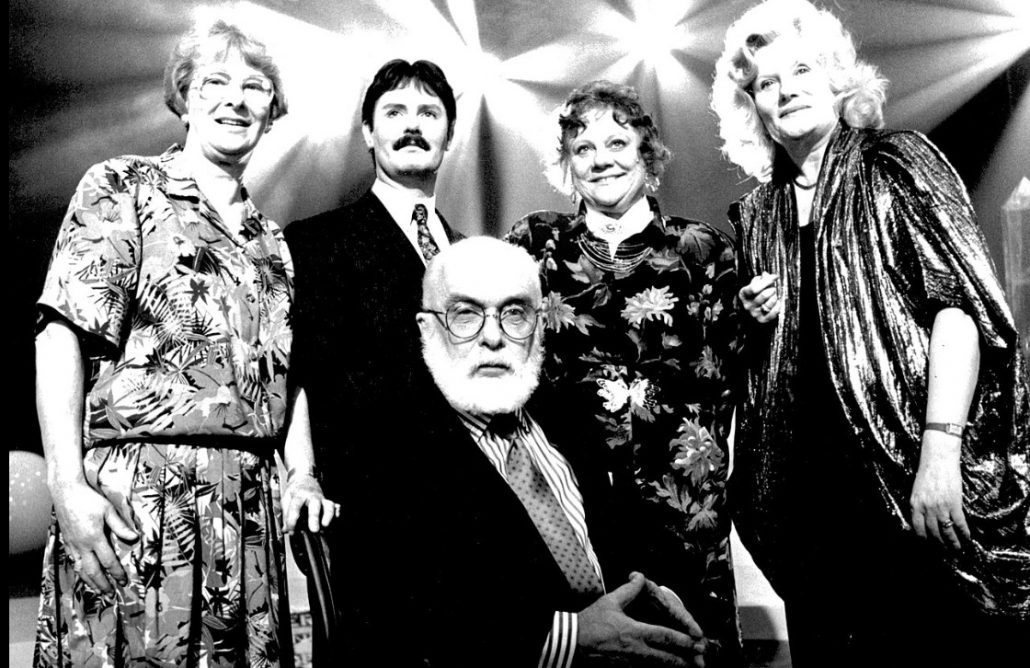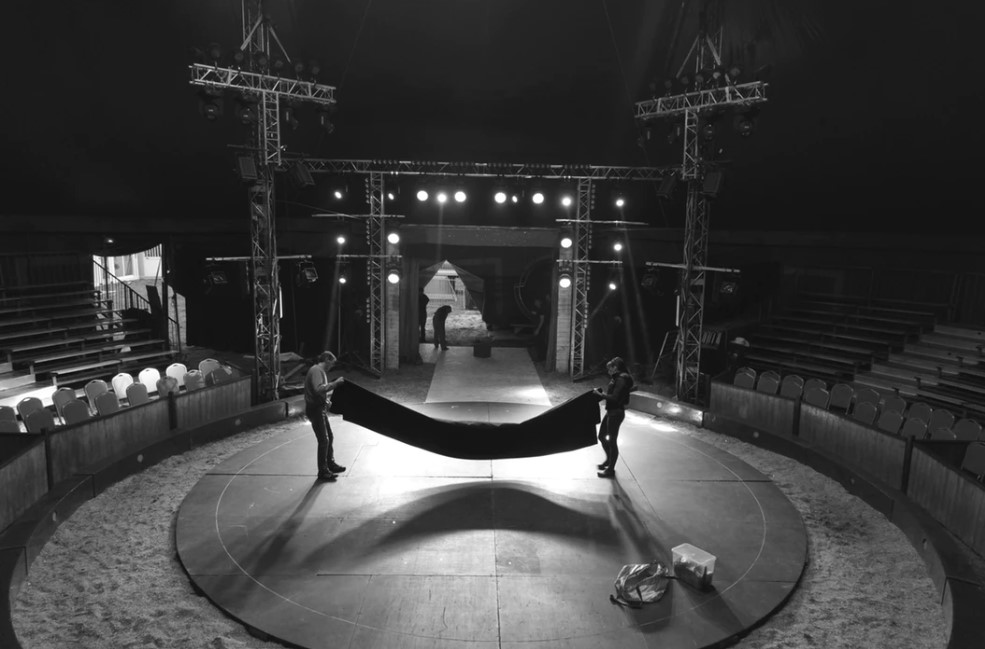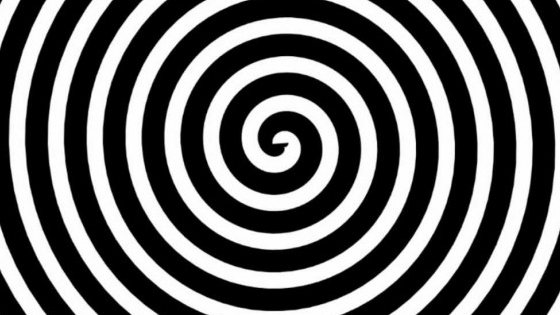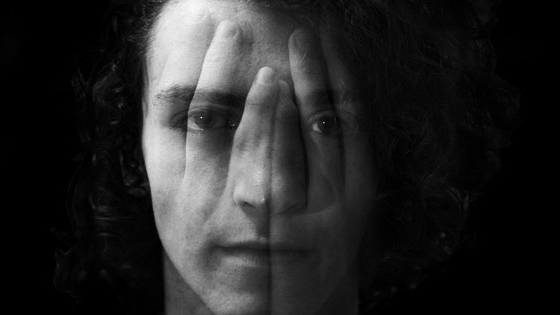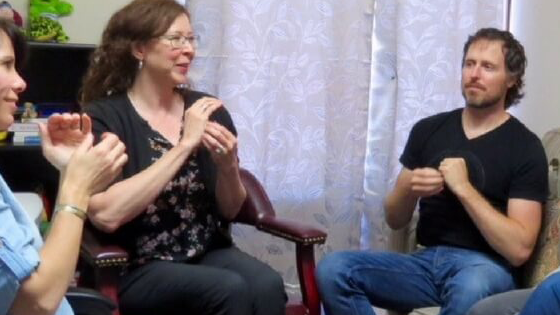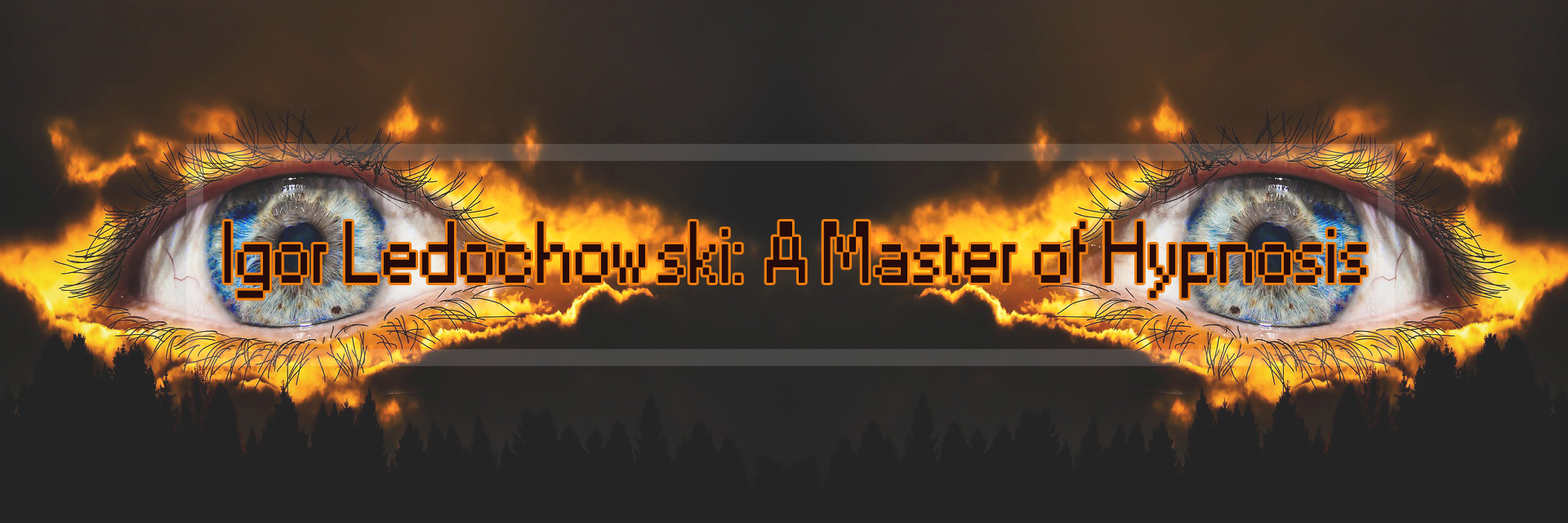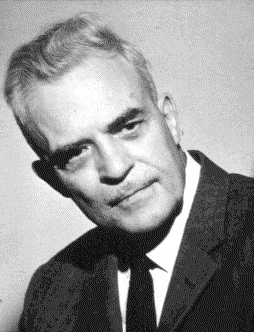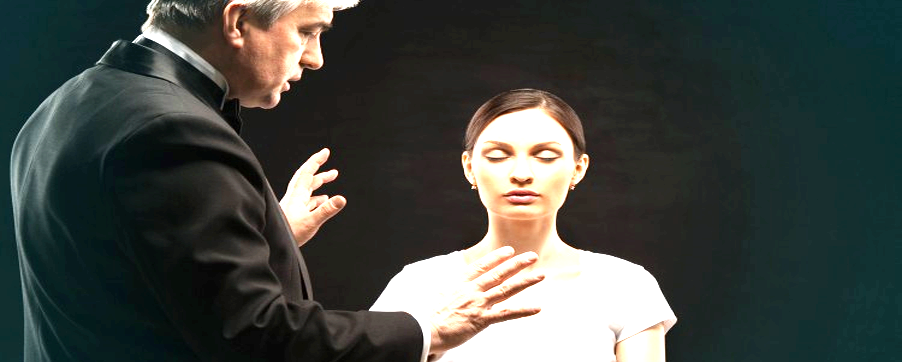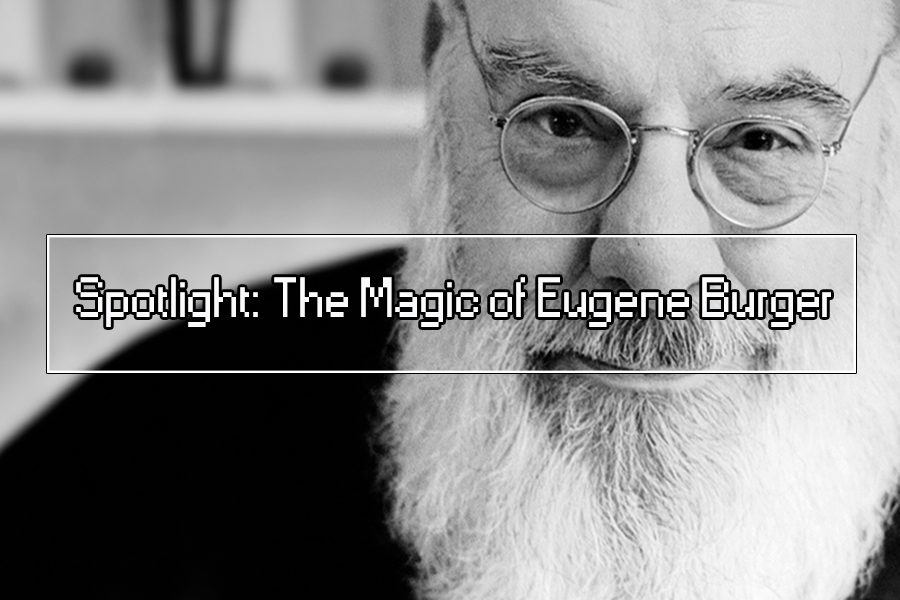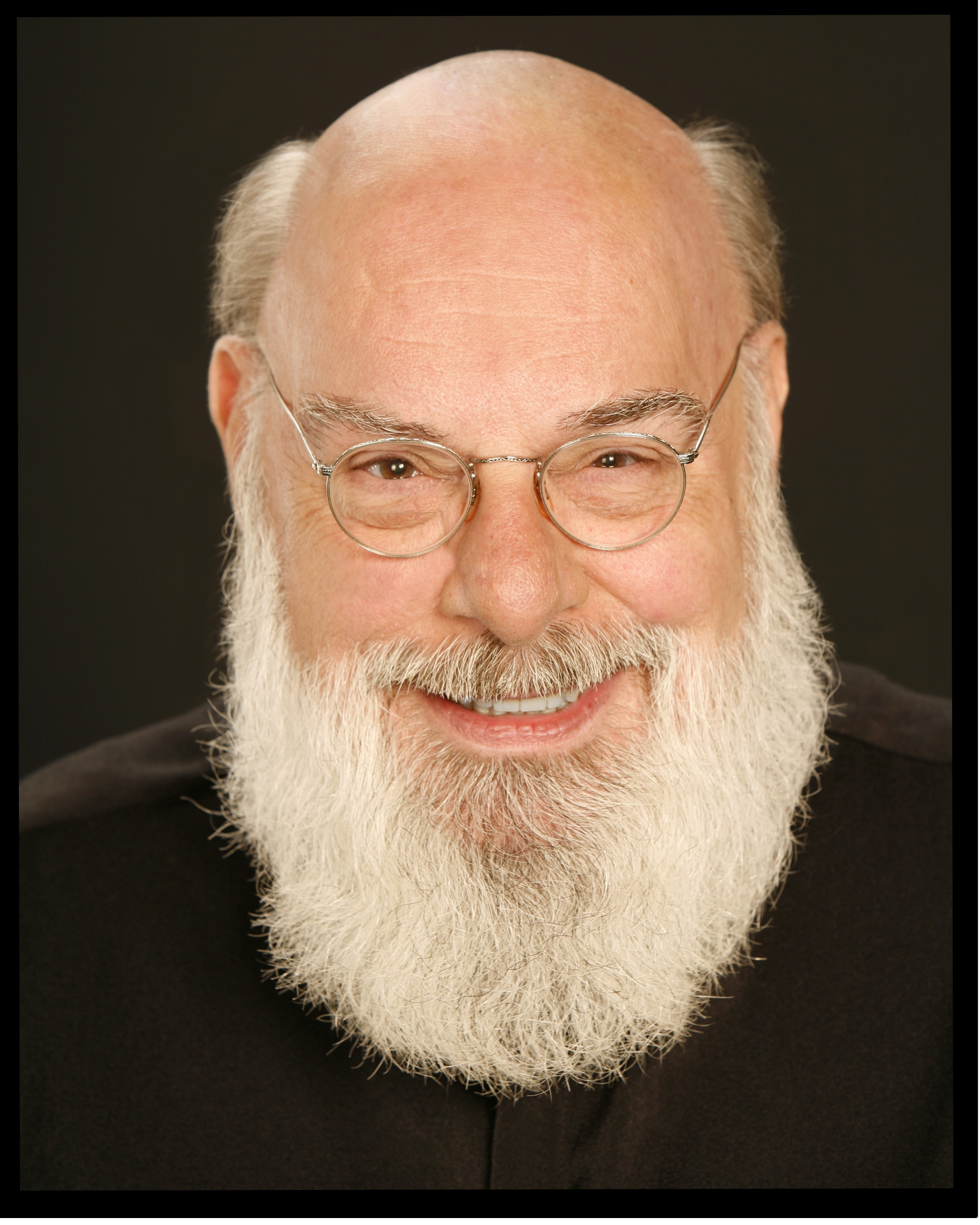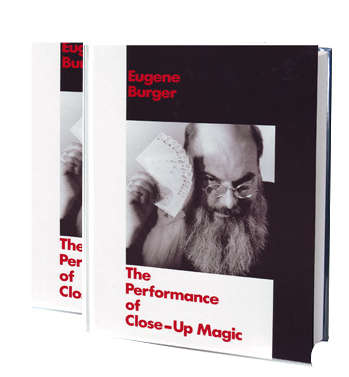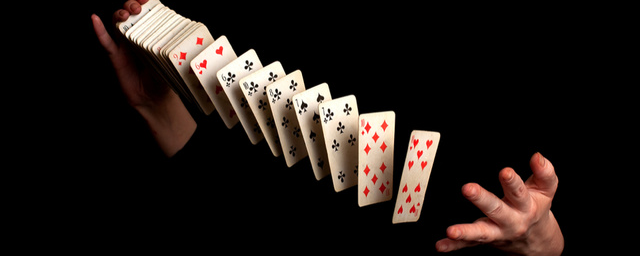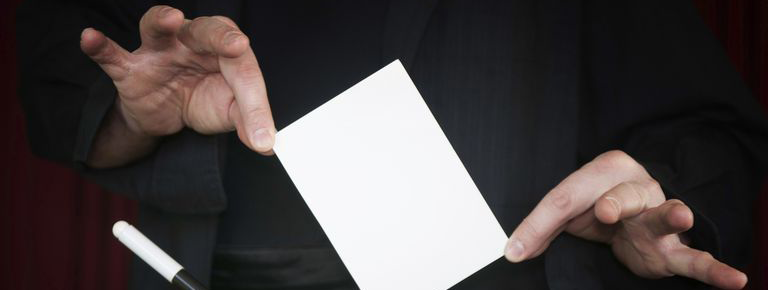While many magicians crave success and an easily recognized face, Val Valentino built his career performing behind a mask. The reason behind is disguise was simple; he has made his mark by revealing some of magic’s closely kept secrets.
His passion for his craft has led to success in the United States and in other countries as well.
But who is the magician behind the mask? What is it about his performance that enthralls some and infuriates others?
Who Is Val Valentino?
Originally from Los Angeles Val Valentino, like many magicians, developed a passion for the art of magic and illusion at an early age. His dedication to his art and craft made him widely successful, even when he was a young man just learning his trade.
What sets him apart from others? Not only does Val Valentino perform traditional and innovative tricks, but he also shows the audience how these tricks are done.
He exposes the secrets of well-known illusions, breaking the unspoken “magician’s code” about not revealing trade secrets. It has made him popular with audiences but often criticized by his fellow magicians.
Because of the taboo about revealing the secrets of his profession, he wore a mask to conceal his identity. He also went by the stage name The Masked Magician.
This brought him notoriety and popularity, but it also caused a stir in the magic community and resulted in several lawsuits.
Val Valentino: The Beginning of a Magical Legend
His birth name was Leonard Montano, and he was born on June 14, 1956. The imagination and intrigue of magic captivated him early. Like many magicians, his passion for the trade developed when he was young.
When he was five years old, his father gave him a magic set. Val Valentino worked to perfect a trick called the “Ball and Vase.” He showed an incredible aptitude for performing. He was presenting entertaining magic shows for birthday parties when he was 12 years old.
Val Valentino as the Masked Magician
Most magicians don’t want to reveal their secrets. They want to keep them carefully guarded so that their unique performances leave the audience in awe. But Val Valentino isn’t your typical magician.
Valentino and Fox
The Fox Network saw Valentino perform and approached him about working with them on a series. He had been performing extensively in Vegas showrooms at the time.
Val Valentino worked with the Fox Network to create a television series, Breaking the Magician’s Code: Magic’s Biggest Secrets Finally Revealed. It exposed the secrets behind several of the most famous and classic tricks and illusions magicians frequently perform.
The problem was that most fellow magicians guarded these trade secrets. Valentino revealing those secrets was a violation of the magicians’ code of honor.
In order to avoid the fallout associated with revealing the secrets, Val Valentino donned a mask and transformed himself into the Masked Magician.
When Val Valentino FOX news approached him to do a series. He agreed pledging that he would only reveal the secrets of old illusions. The wildly successful series reached more than 26 million viewers. For the show’s finale, Val Valentino removed his mask to reveal his true identity.
He has been featured on FOX and Netflix. The Masked Magician was also featured in the United Kingdom in the late 90s — through the ITV network. which exposed long-guarded trade secrets
Removing his mask did confirm his identity, but was it always a secret? Not everyone was surprised when he removed his disguise.
In fact, despite using a mask, many in the magic community had already guessed who he was. They did so by carefully analyzing certain performance traits. Many of them were not happy and felt betrayed.
Why?
With so much at stake, why did Val Valentino decide to reveal trade secrets? The answer is simple and goes back to his first love of magic, developed when he was five years old. He wanted to instill the joy and passion for magic in others.
His ultimate hope was that by revealing some of these best-kept secrets, he could encourage children and young students to consider trying magic. Maybe even become performers.
He believed that the key success in magic shows had more to do with the magician’s showmanship than wonderment about how a trick was performed. But there was still also another reason.
Val Valentino knew that the rise of the internet would forever transform the magic profession. He felt it was important that magicians have frank conversations about how this would affect the future of their careers.
Valentino hoped that the Masked Magician series would open the door — and serve as a catalyst — for these conversations.
A Revealing Career
During the tenure of his career, Val Valentino revealed how 120 different illusions are done. Many of these were the most popular illusions in traditional magic; They included the death saw, levitation, dismemberment, passing through a steel wall, and making an elephant disappear.
However, it’s important to realize that there are several different ways that a trick can be performed. Val Valentino simply showed one or two ways.
Different magicians may choose to perform the trick in a different manner. For example, simple tricks such as making a coin disappear can be accomplished in dozens of ways, depending upon which method the magician prefers.
In several different interviews, Valentino stressed that he did not feel guilty about revealing the secrets behind these tricks. In fact — with the rise of YouTube and other internet sources — it’s relatively easy for someone to conduct enough research to discover how a trick is done.
This is one reason he felt it was so important to “shake things up.” To create a catalyst for extensive conversations between magicians about where the future of their career and profession are headed.
Valentino also worked toward establishing a school for new magicians. It’s called the Masked Magician’s Academy of Mystical Arts, headquartered in Las Vegas.
The Popularity of the Masked Magician
After his specials on the Fox Network, Val Valentino starred in two more series titled Magic’s Biggest Secrets Finally Revealed. His broadcasts and series have been seen in the US, U.K., Canada and Australia, and were picked up by Netflix.
Garnering International Recognition
Viewers in the United States weren’t the only ones who were enthralled with the Masked Magician. Valentino gained a lot of popularity in Brazil when his shows were broadcast on a news show called Fantastico.
For these performances, which occurred from 1999 to 2000, he adopted the stage name “Mr. M”. He was very popular in Brazil and continued to perform there in large, 15,000-seat arenas for many years. Of course, Brazilians weren’t his only fans. He also performed several TV specials in Japan.
Other Notable Performances
Val Valentino has been performing magic for most of his life. When he was a teenager, he performed for more than one million students throughout the Unified School Systems.
These students saw Valentino as part of an International Culture Awareness Program. Valentino wants to foster a love of magic in young people. He hopes that his unique, fresh take to the profession encourages young students to become magicians. To develop a love of the skill and showmanship required to be a successful illusionist.
In addition to his performances as the Masked Magician, Val Valentino has had a career highlighted by many wonderful and prestigious performances. He was a regular in Las Vegas where he performed for a number of casino shows. These shows included Viva Las Vegas and Splash.
Another one of his most memorable appearances was on the Merv Griffin Show. He also demonstrated his versatility by appearing in the music video for “Magic Man” by Herb Alpert. He also appeared on one of the episodes of the popular TV show Diagnosis Murder.
Criticism of Performances
Whenever you are challenging the status quo, there is turbulance. Not everyone was thrilled with Val Valentino’s performances as the Masked Magician.
Several magicians feel like he betrayed a sacred trust. Others claimed they suffered financial losses as a direct result of these revelations. Others even had to change their acts when their secrets were revealed.
One example was magician Kevin Spencer, a touring magician who is based in Lynchburg, Virginia and who performs with his wife, Cindy. Spencer said the specials negatively affected their entire routine. To the point that they had to transform their traditional act and delete two of their magic tricks.
This represented much more than a mere inconvenience. Spencer emphasized that an extensive illusion can cost as much as $50,000. The loss of one trick may devastate a performance. They brought a lawsuit against Valentino, and they were not alone.
Andre Kole is a magician who perfected an illusion called the Table of Death. He licensed this trick to the top 10 magicians in the world. When Val Valentino revealed its secret, Kole alleges that he lost around $500,000 as a result of Val Valentino’s performances.
However, even Kole’s lawyer admits that illusions cannot be protected under the copyright act. That’s because they are not considered to be among the intellectual properties covered by the law.
There were other critics as well. Many magicians indicated that there was often more than one way to perform a trick. Valentino’s method wasn’t necessarily the one that all magicians would do.
Still, others claimed that Val Valentino’s reveals weren’t accurate. More, neither was the implication that these methods are used by all professional magicians performing that same trick. Magician Mark Wilson even went as far to state that some of Valentino’s reveals could be considered dangerous.
Cancer Diagnosis
In 2017, Valentino was diagnosed with terminal prostate cancer, and the doctors gave him one year to live. Valentino is still fighting the disease as of 2019. He has refused all conventional treatment.
Val Valentino: Not Your Typical Magician
Most magicians work their entire lives to create illusions so extensive and intriguing that the audience marvel at them — and how they are done. That’s one reason that Valentino was such a rebellious influence in his profession.
Many wanted the status quo to continue. But Valentino sensed change on the horizon. With the internet exponentially growing, he knew more and more users would have a different perspective on magic. Not only how they enjoyed it, but also in how it is done.
One of the main reasons behind his desire to reveal secrets was a desire to help the profession he loved — and dedicated his entire life to. He not only transformed the industry, but he changed the way magic was perceived and enjoyed by others.
Despite facing extensive criticism and even lawsuits from his fellow magicians, Valentino strove forward. He continued providing incredible, entertaining shows that demonstrated the ultimate secrets behind the illusions. His popularity gave him millions of fans around the world. He appears to have made good on his mission to spark a love of magic in a digital generation.
What’s next on the horizon? In 2012, the producers of Valentino’s TV special stated that a movie called Masked Magician is “in development.” The movie magician uses illusions to help fight crime and offer a whole new perspective on magic, but one still inspired by the great Val Valentino.

